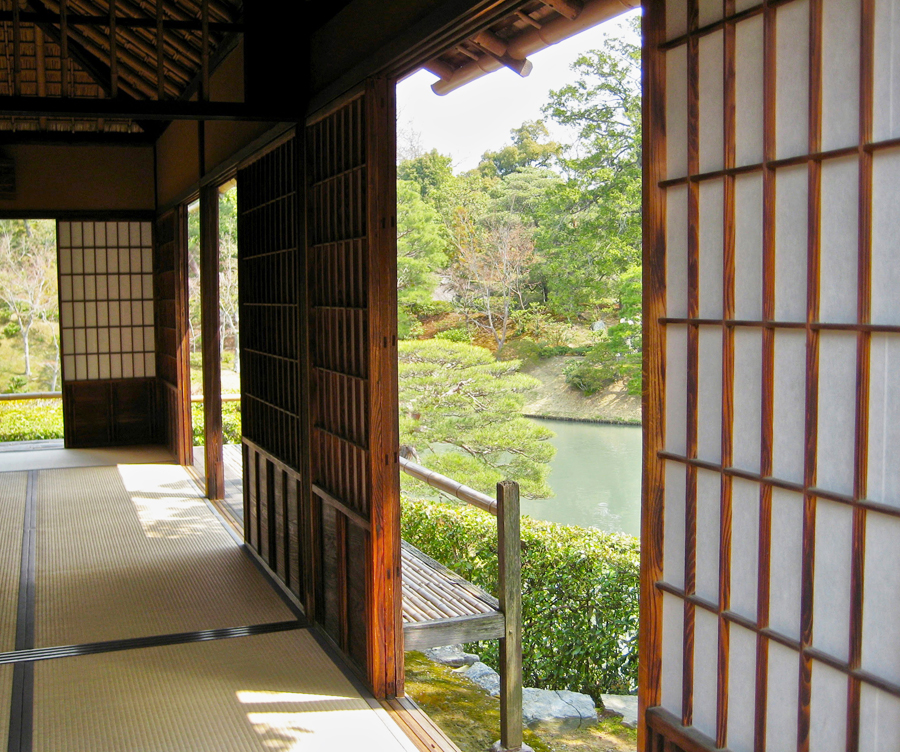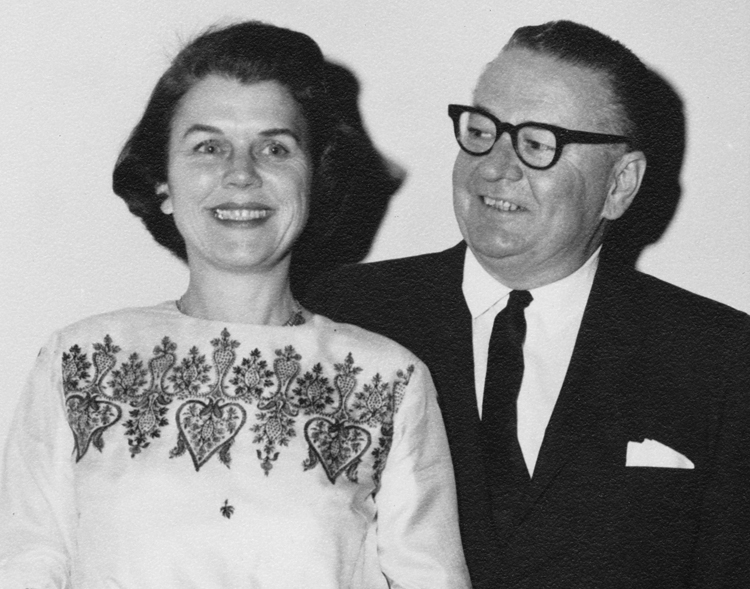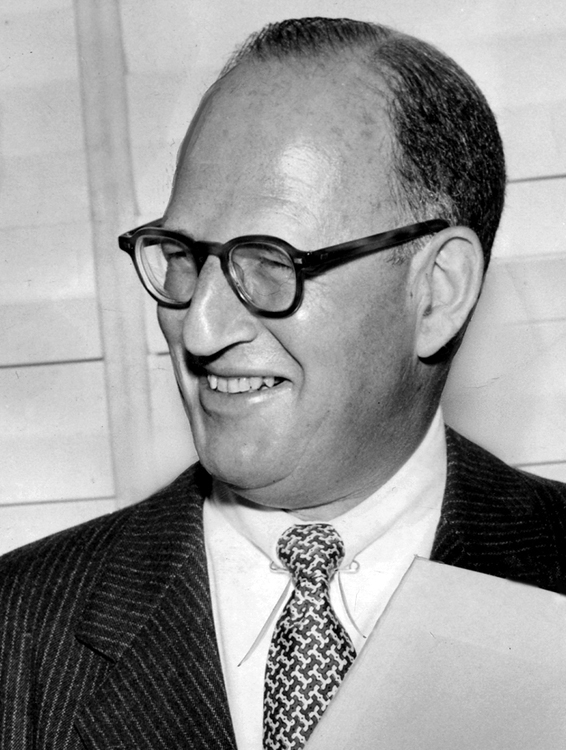On the Threshold of Discovery - Page 2
 |
|
|
 |
|
|
 |
 |
|
|
One of his architects, A. Quincy Jones of the firm Jones & Emmons, also played a role. Known for his use of new materials and technologies, Jones used steel and aluminum sliders often in his custom homes and other projects, some of which were featured in Arcadia ads. Arcadia also became one of his major clients.
Is it coincidental that the woman Jones married, Elaine Sewell Jones, who would devote so much of her life to working with her husband and promoting his work, met him while she was working as a sales rep for Arcadia?
It's certainly not surprising that Jones, with his deep love for and knowledge of Asian architecture, would emerge as a leading proponent of the sliding door, whose historical inspiration was the movable Japanese shoji screen.
One thing that's clear about the glass sliding door—it was a product, unlike, say, Google Glasses, that didn't have to invent a reason for being. Since the 1920s, modern architects—and folks who loved to live in modern architecture—were trying to figure out 'how can we make our exterior walls disappear?'
Sliding glass doors are functional for several reasons, says Raymond Neutra, who is researching the history of the slider and is the son of the architect Richard Neutra. "You see them a lot on balconies because you didn't want the door to swing out and interfere with the chairs."
And, he says, "They create functional connections between indoors and outdoors. During a cocktail party, people can pass easily from outdoors to inside. People spill through in both directions."
The window wall and glass slider are rooted in the early days of the modern movement. The glass walls of Mies van der Rohe's 1929 Barcelona Pavilion opened the interior to the exterior in a daring new way, but the glass was fixed in place. A year later, in his Tugendhat house, Mies designed a window that could be lowered out of sight, sliding through the wall into the basement.
Le Corbusier's Villa Savoye, his house from 1931, used an immense steel-framed glass slider, operated by a crank, to let people flow out onto a courtyard. A decade earlier, in Los Angeles, Rudolph Schindler's Kings Road house turned interior rooms into covered porches with wide, sliding doors of wood and canvas.
Throughout his career Richard Neutra, who relocated to Los Angeles from Vienna in the early 1920s, experimented with window walls that slid or pivoted open. In 1935, for the Beard house of Altadena, Neutra used a mechanism designed for elevator doors to operate his sliding window walls.




